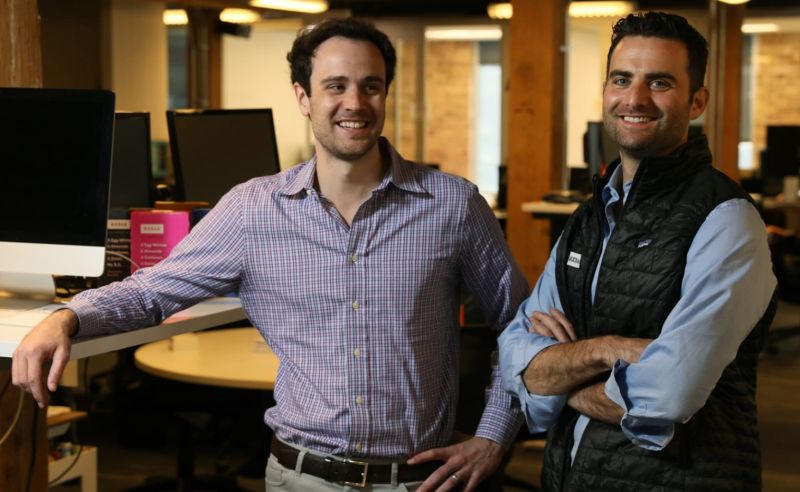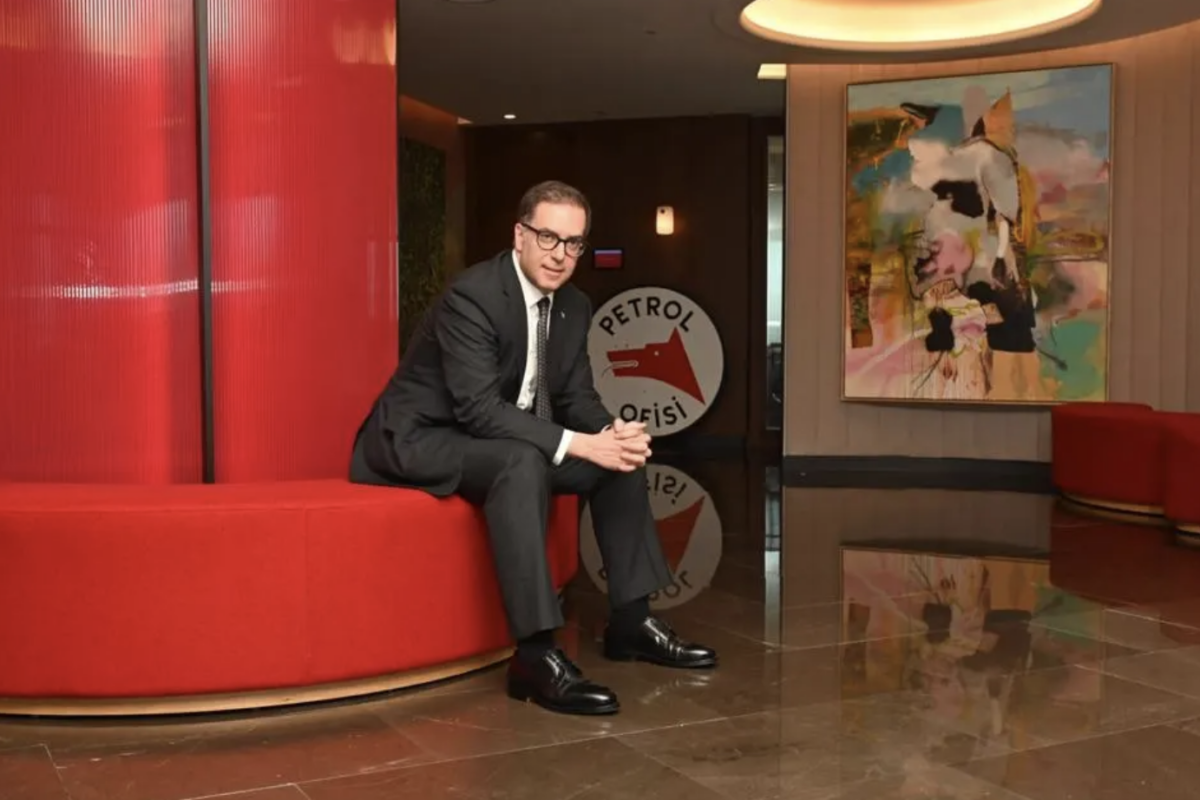We’ve seen how tech-oriented companies have thrived in the pandemic, from Amwell in telemedicine to Zoom in tele-everything. But what about the rest of the economy? One fast-growing pizza chain shows that Covid can create a Great Reboot for all kinds of industries. The story of this company – rooted in five key steps taken by leadership – holds lessons for all types of organizations seeking to use this moment as an opportunity for reinvention.
Marco’s Pizza is one of America’s fastest-growing pizza chains. Based on the franchise system, the company has nearly 1,000 stores in 34 states. I recently spoke with Tony Libardi, the company’s President, about his organization’s journey through the first months of the pandemic and the lessons he learned along the way.
Step 1 – People First: Across all types of enterprises I’ve interviewed over the past months about pandemic response – a school, an auto body repair shop, a sophisticated payments company, Google, and more – one common denominator has been that caring for team members has to come first. If people don’t feel safe, and the lines of communications aren’t flowing, other progress can’t happen. Libardi put it this way, “Put a high value on your people.” Aside from common-sense ways to protect front-line restaurant and delivery staff, he doubled down on frequent employee and franchisee communications, including having weekly system-wide calls as well as daily meetings of the leadership team. Communication is the plumbing that makes the other work of reinvention flow effectively.
Step 2 – Set A Vision: Libardi made clear from the outset that this moment wasn’t just about Marco’s surviving the crisis, but rather about how the company can truly thrive. He created a taskforce called “Beyond the Future” to make clear that the organization should be thinking long-term even as it dealt with short-term needs. He pushed the team to ask hard questions about fundamental assumptions in the company’s model. Did restaurants need dining rooms? Did they even need diners?
Step 3 – Root Your Team In Customer Insight: Marco’s was fortunate to have a robust insight-gathering operation before the pandemic hit. He explains, “We solicit feedback from every consumer about overall experience, staff friendliness, product quality, and more. There are more than 25,000 responses a month. So, we could insert innovations like contactless delivery into that model fast. We could also pick up on early signals. For instance, early in the pandemic masks were not the norm, but we learned very quickly that consumers wanted to see masks even when the scientific evidence wasn’t clear. They also wanted sanitized pens, or contactless payment. We saw it fast so we could lead in being responsive.” The company used this data to get rapid feedback on its customers’ Jobs to be Done, so that it could think beyond the food and about the overall customer experience.
Step 4 – Experiment: This is where Marco’s investment in being forward-thinking showed concrete dividends fast. Libardi’s organization embraced experiments involving all sorts of changes. Seemingly smaller ones include automated doors, walk-up windows, and contactless payment. But the company is also looking at big moves, such as setting up a kitchen in an out-of-the-way location in Los Angeles that does not cater to any diners and has no signage. Rather, the small 185-square foot kitchen produces solely for delivery. Another innovation is a “podular” unit that is self-contained and can sit almost anywhere with plumbing and electricity, to give the company quick reach into promising locations. Through implementing these experiments rapidly and measuring learnings relentlessly, Marco’s can understand the operational details and marketplace realities of implementing its wide range of ideas.
Step 5 – Forge A New Identity: An organization with thousands of employee and franchisee staff could get unnerved by rapid change. Anchoring the transformation in a clear identity gave meaning to the various moves and provided confidence in the compass-heading. Libardi oriented the company around “Delivering Memories,” a campaign for consumers that showed how Marco’s could make this year’s little moments more special even as the big moments have often vanished. This campaign also gives faith to staff that change is for a purpose.
These five steps are possible for any business to take. Taken together, they provide a short, concrete path to seizing the upside of change.
Contributed to Branding Strategy Insider by Stephen Wunker, Author of JOBS TO BE DONE: A Roadmap for Customer-Centered Innovation and Charlotte Desprat and Jennifer Luo Law.
The Blake Project Can Help You Create A Brighter Competitive Future In The Jobs To Be Done Workshop
Branding Strategy Insider is a service of The Blake Project: A strategic brand consultancy specializing in Brand Research, Brand Strategy, Brand Growth and Brand Education




